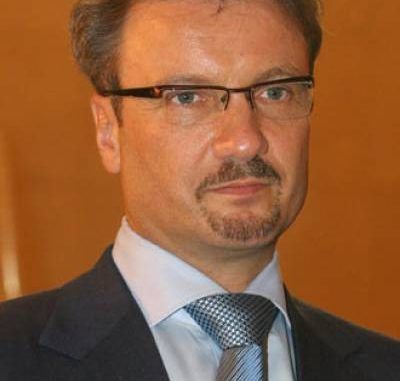
German Gref, chairman of Russia’s biggest bank- Skerbank, has said that the ruble’s crash last December was a deliberate attack, provoked in order to destabilise Russia’s economy.
Russia-insider.com reports:
The theory that the ruble’s crash in December last year was at least partly planned has now received powerful confirmation from German Gref, chairman of Sberbank, Russia’s biggest bank.
In an interview with the Russian newspaper Vedomosti, Gref said that the December depositors’ panic that resulted in about $6 billion being withdrawn from Sberbank in a single day was deliberately provoked in order to destabilise Sberbank and the financial situation in the country.
According to Gref, on 18th December 2014 Sberbank suffered a massive information attack, with people receiving text messages saying it was facing problems paying out deposits:
“Unfortunately, we could not avoid the panic. You saw what happened. But I can only say this: first, the attack was coordinated, thousands of sms-messages were sent in each region, including a large number of mailings done from foreign websites.
“The target was to destabilise the country’s largest bank and financial situation in the country.”
The total amount withdrawn from Sberbank on 18th December 2014 apparently came to some 300 billion rubles (about $6 billion), making it the biggest bank run in Russian history.Gref in his interview did not say who orchestrated the bank run.
However he clearly has a good idea, based on investigations carried out by Sberbank and no doubt by the Russian security services:
“I would not like to disclose the results. But we do have specific sites and IP-addresses these mailings were sent from, we even know who these addresses belong to. Not all of them are within our reach. But there is no doubt it was a well-planned provocation.”
Given the political situation, many Russians will inevitably think it was the U.S.Such a massive withdrawal of rubles from the banking system would have put pressure on the ruble, especially if (as was likely) many of these rubles were converted into dollars.
The attempt to destabilise Russia’s biggest bank failed, partly because of prompt action taken by the government, but also because most of the population refused to panic.
The failed attempt to provoke a run on Sberbank — and the ruble’s impressive recovery since December, proving that the sell-off was wildly excessive — must provoke questions about how spontaneous and market-driven the December ruble crash really was.

